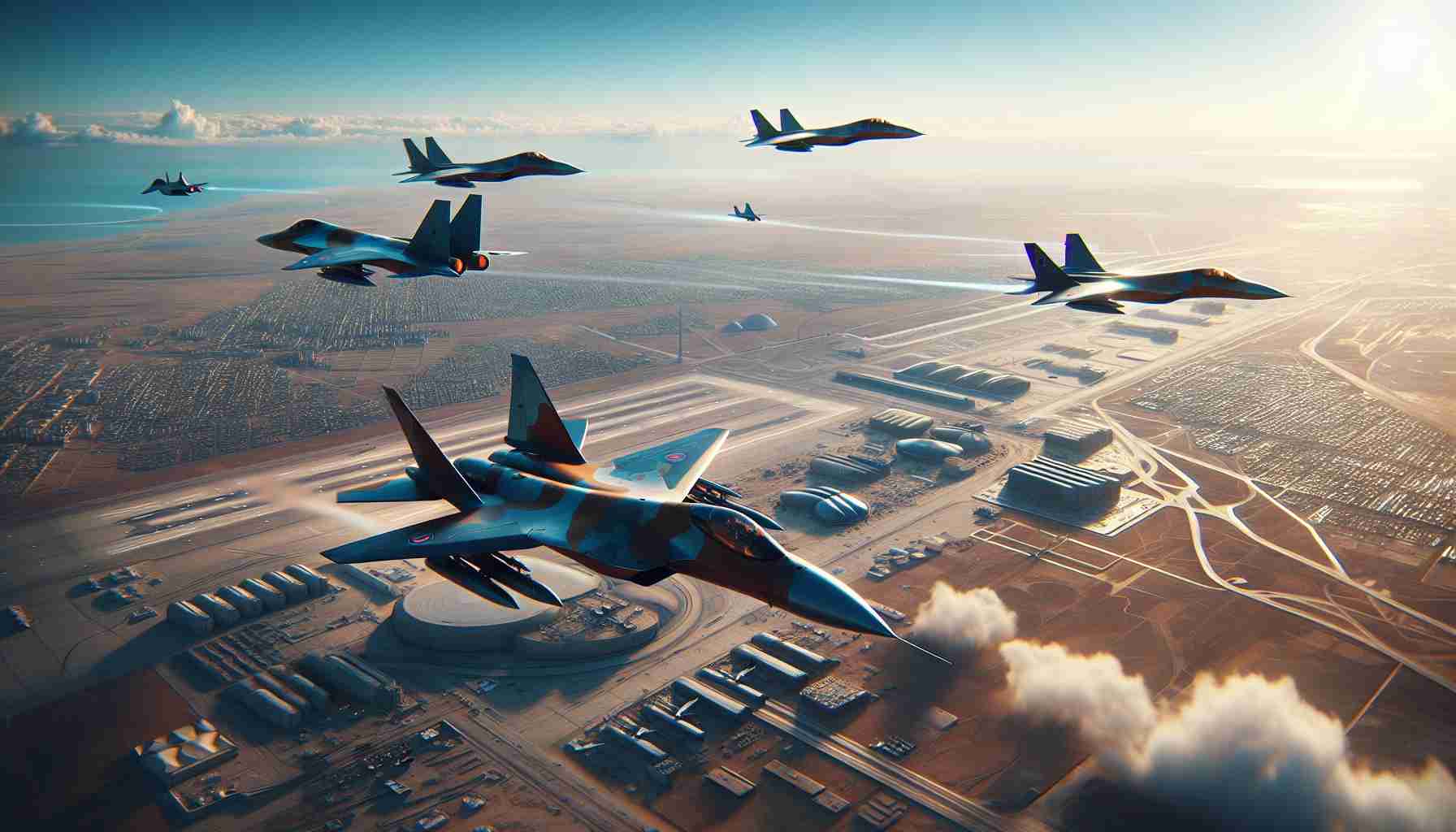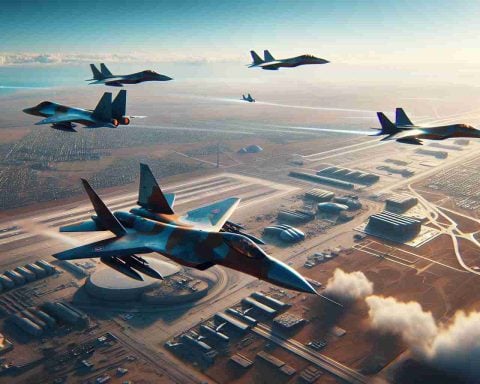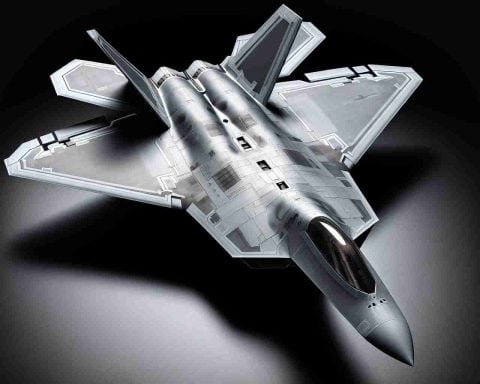In an intriguing development at the Zhuhai Air Show in southern China, the presence of Azerbaijan’s Air Force Chief of Staff, Lieutenant General Namig Islamzade, near the Chinese J-10CE fighter jet has sparked widespread speculation. Observers noted how closely the general and his team examined the aircraft, which included receiving detailed explanations from Chengdu Aircraft Industry Group representatives about the jet’s capabilities.
The buzz around Azerbaijan potentially acquiring the J-10CE is not unfounded. The country already flies Chinese-engineered aircraft, like the J-17 Thunderbolt, making it conceivable that they could widen their fleet by integrating the J-10CE’s advanced platform.
Azerbaijan’s current arsenal includes 11 MiG-29 aircraft, known for their Soviet-era origins. These jets, originally purchased from Russia in 1997, have undergone several upgrades but still lag behind in technology when compared to newer models like the J-10CE. Enhanced with cutting-edge avionics and superior radar systems, the J-10CE offers operational capabilities far beyond those of the older MiG-29, including speed, precision, and advanced self-defense mechanisms.
Though no formal decision has been announced, ongoing dialogues between Azerbaijani officials and Chengdu Aircraft representatives suggest that the pursuit for newer fighters is gaining momentum. With its multirole functions and superior technology, the J-10CE could be the advanced solution Azerbaijan seeks to revamp its aging fleet.
The world watches closely as Azerbaijan possibly prepares for a leap forward in aerial capabilities, which might solidify its strategic position and air superiority in the region.
Azerbaijan’s Potential Shift to J-10CE Fighters: A Game Changer for Regional Military Dynamics?
The potential acquisition of Chinese J-10CE fighter jets by Azerbaijan has sparked intense discussions not only about military strategy but also about the broader implications for global technology transfer and innovation. As countries like Azerbaijan consider adopting more modern and technologically advanced aircraft, a rich tapestry of advantages, challenges, and controversies emerges.
Enhancing Technological Advancements
The J-10CE fighter jet represents a significant leap in technology compared to Azerbaijan’s current fleet of older Soviet-era MiG-29s. Featuring cutting-edge avionics, superior radar systems, and advanced self-defense mechanisms, the J-10CE promises enhanced speed and precision. Adoption of such technology could inspire further developments in avionics and radar technology, setting new standards for other nations considering similar upgrades. This could push global manufacturers to accelerate their innovation cycles to remain competitive.
The Geopolitical Chessboard
Should Azerbaijan fully integrate the J-10CE fighters, it could shift regional power balances. High-tech fighters might not only bolster Azerbaijan’s defense capabilities but also alter diplomatic relationships, particularly with countries like Russia that have historically been its suppliers. This could lead to new alliances or tensions, reshaping geopolitical dynamics in the Caucasus region.
Environmental and Economic Considerations
While the J-10CE offers superior performance, it also poses questions about environmental sustainability and economic investment. Advanced fighter jets often require extensive resources for maintenance and operation, potentially increasing the ecological footprint of military activities. Economically, Azerbaijan would need to consider the significant financial investment and infrastructure updates required to support such sophisticated technology.
Controversies and Public Sentiment
As with any potential military upgrade, the idea of Azerbaijan acquiring the J-10CE opens a dialogue about military spending priorities and public sentiment. There is often a delicate balance between national defense needs and public welfare programs. Critics argue that funds might be better allocated to public services, while proponents claim that modern military technology ensures national security and stability.
Possible Future Developments
What does this potential acquisition mean for future aircraft design and manufacturing? If Azerbaijan moves forward, it may encourage other nations to explore deals with China or develop their own competitive technologies. Could we see a rise in collaborative defense projects or a new arms race in aircraft advancements?
In light of these developments, one might ask, “What are the broader implications for global peace and security?” An arms race could heighten tensions, but it might simultaneously drive innovation and prosperity through technological breakthroughs.
For more insights on global defense and technology trends, visit Janes or Defense News.






















